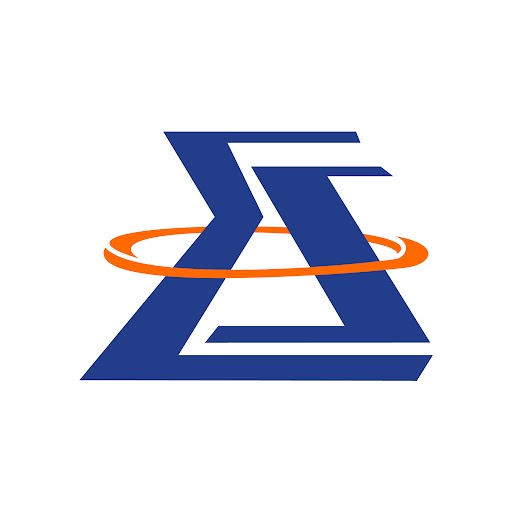COVID-19, followed by two ongoing wars, has disrupted global supply chain mechanisms and rocked the financial world with increasing operations and logistics costs the world over. Moreover, advances in artificial intelligence solutions have introduced businesses to new and innovative ways to improve productivity, cut costs, enhance efficiency, expand customer experiences, and stay ahead of the competition while creating a safe and secure business environment.
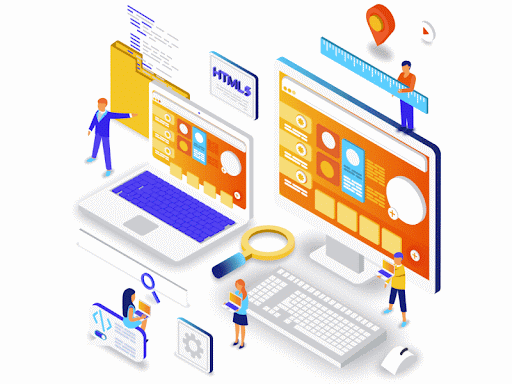
In this blog, we will explain how customer web portals play a vital role in achieving all these business objectives. We will also evaluate how Sigma Solve, with its technological capabilities and human intelligence, develops custom web portals to streamline business processes and turn businesses into cost-effective, efficient, and data-driven powerhouses.
What is the Custom Web Portal?
The custom web portal is not just a website that provides information to its users. Custom web portal development is a long-term investment for businesses and is carried out for business-specific purposes. It is a website with many diverse features and broad applications to serve employees, customers, clients, business associates, and other stakeholders.
A custom web portal is a web platform that transforms business operations by serving as a centralized hub for users to perform their duties in accordance with their roles and responsibilities. Businesses often develop custom web portals to incorporate other standalone systems to make the whole front end more responsive and interactive to solve business problems quickly and streamline business processes for more efficiency.
How a Web Portal Differs from a Website
The core difference between a web portal and a website is accessibility. While any internet user can access a website, a web portal is only accessible to authorized users. There are key differences between a website and a web portal. They are:
|
Feature |
Web Portal |
Website |
|
Purpose |
It is a centralized platform providing diverse services, information, and resources. |
It serves as an online presence for a person, business, or organization, providing information only. |
|
Content Focus |
It provides dynamic content with personalized user interactions, often requiring login credentials. |
It has static content, is primarily meant for informational purposes, and is usually accessible to all visitors. |
|
User Interaction |
It offers personalized user experiences, often involving user accounts and login functionality. |
It has limited user interaction; visitors mostly consume information without personalization. |
|
Functionality |
It integrates various services, applications, and databases to meet specific user needs. |
It provides information, sometimes with basic interactive elements like forms or contact pages. |
|
Complexity |
It is more complex due to multiple functionalities, user roles, and personalized content. |
Generally, it is less complex; it is designed to convey information and maintain an online presence. |
|
User Authentication |
It commonly requires user authentication to access personalized features and content. |
Typically, it does not require user authentication, except for certain sections like log-in or contact forms. |
|
Examples |
It has customer portals, employee intranets, and e-learning platforms. |
It includes blogs, business websites, and portfolio sites. |
|
Customization |
It is highly customizable to cater to specific user needs and business requirements. |
Its customization is usually limited to branding and design elements. |
|
Data Management |
It manages and organizes diverse data sources and types for personalized content delivery. |
Primarily. It focuses on presenting information and may not involve complex data management. |
|
Business-Use |
It is often used for internal operations, collaboration, and providing services to specific user groups. |
Primarily, it is used for marketing, showcasing products and services, and establishing an online presence. |
Technologies for Web Portal Development
Ever since the dot-com bubble, the world of technology has been buzzing with innovations. From new programming languages to frameworks to web portal development tools, the technology domain witnesses upheavals. With the advent of artificial intelligence, the whole web development process is looking at a paradigm shift.
There are two aspects to web portal development – the frontend and the backend. The user can interact with the front-end side of the web portal but cannot do the same with the back-end.
There are plenty of web development frameworks available. Being a custom web portal development company, we have some advice for you – select a framework that can easily be upheld for the next five years. Understanding these terminologies is vital here.
Frontend Technologies
The frontend helps developers create a website’s user interface, with which users can interact or perform client-side activities such as playing videos, submitting forms, enlarging images, etc.
| HTML | CSS | React | Angular | javaScript | Vue |
Backend Technologies
The backend helps developers manage the web portals and their databases, APIs, and servers themselves. It manages server-side activities such as back-end logic, architecture, URL mapping, etc.
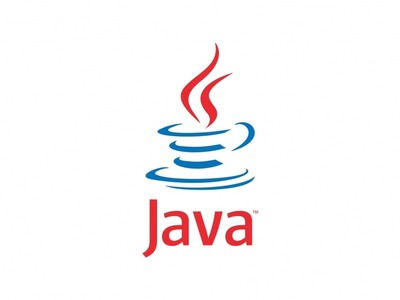
Java
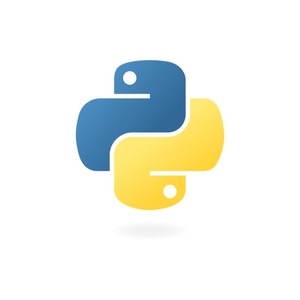
Python

PHP
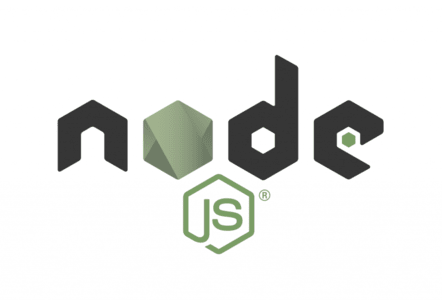
Node.js
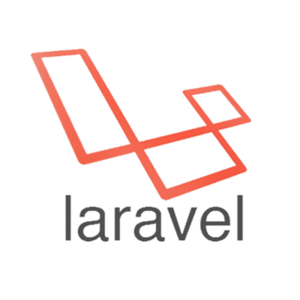
Laravel
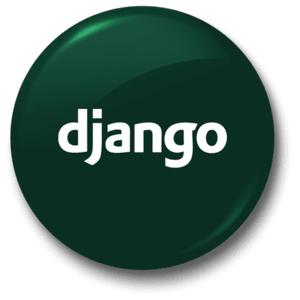
Django
Custom Web Portal Development Process
Building a custom web portal is an exciting journey for businesses that anticipate operations streamlining, cost-efficiency, and productivity enhancement. On the contrary, it is a journey full of challenges and accomplishments for the developers, as it requires meticulous planning, designing, engineering, deployment, and maintenance. The entire process is divided into four stages and a number of steps.
Stage 1: Requirement Gathering and Analysis
Understanding the business and its goals is vital to the entire process. The industry experts dive deep into business objectives and its end users to identify its requirements. The requirement gathering helps experts build a foundation for a tailored solution.
Step 1.1: Understanding business needs
The developers need complete clarity of the business processes, the challenges, and the objectives to identify key requirements to initiate custom web portal development.
Step 1.2: Defining the target audience
It is critical to know the end users to identify and evaluate the web portal’s features and functionalities to meet the users’ expectations and develop a user-centric portal.
Step 1.3: Functional requirements
Meticulous documentation of features, capabilities, performance needs, and security requirements helps developers create a precise layout for development.
Stage 2: Design and Prototyping
Prototyping is the best way to evaluate the actual web portal and identify design flaws to correct them before designing. The skillful designers create a captivating user interface and an information structure to ensure end users navigate through the web portal effortlessly.
Step 2.1: Information architecture
Creating a user-friendly experience requires the portal’s features and content to be logically aligned with functionalities to ensure users find relevant information quickly.
Step 2.2: User interface design
Brand image is everything, and therefore, crafting a web portal that has a visually captivating, intuitive interface that engages users is critical to the total experience.
Step 2.3: Usability testing
Iterative mock-ups and usability testing ensure errors are identified and rectified for flawless, responsive, and interactive web portal development.
Stage 3: Development and Testing
Breathe life into planning during this phase as ace developers infuse their skills and intelligence through coding. A process entails not only functionalities and their security but also the optimum performance of the entire web portal for users to use a flawless system.
Step 3.1: Coding and development
Accurate, efficient, and clean code brings design to life that takes care of today’s requirements along with the flexibility and scalability of the future for sustainable growth.
Step 3.2: Functionality testing
It is crucial to plan detailed functionality testing to identify and rectify bugs, ensuring that each function operates as intended and delivers an optimal user experience.
Step 3.3: Security testing
Offering a robust security apparatus is paramount. The web portal should be fortified with the most advanced security features and tested consistently against cyber threats.
Step 3.4: Performance testing
Performance testing is vital to maximizing responsiveness across devices to ensure the web portal functions smoothly and efficiently with all its capabilities, even during high usage.
Stage 4: Deployment and Maintenance
A business can witness its idea coming into existence as the development process ends and the portal is ready to be launched. The web portal development company ensures complete training for the users, provides concurrent support, and tracks sustained performance.
Step 4.1: Launching the portal
This step ensures a smooth transition from the traditional system to the new, efficient, and productive custom web portal, making it easily available to your audiences.
Step 4.2: User training and support
The web portal development company empowers your employees and stakeholders with comprehensive training to leverage the newly built system effectively.
Step 4.3: Monitoring and maintenance
Support and maintenance are part and parcel of web portal development. Besides, proactive monitoring ensures your system remains secure and attains peak performance.
The Unique Features of Custom Web Portal Development
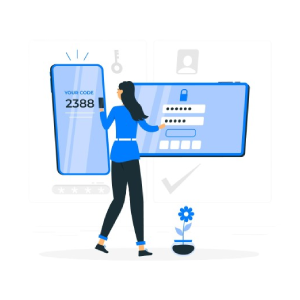
User Authentication and Authorization
Custom web portals are designed for specific user classes; therefore, there is a greater level of access control. These access controls ensure that only authorized users interact with the data and applications. Therefore, user authentication provides crucial security for sensitive data.
Personalized Dashboards and Content
Where static websites are less flexible, a custom web portal delivers personalization with unique dashboards and content that caters to users’ needs. Applications, reports, and functionalities are made available to specific users, boosting engagement and productivity.
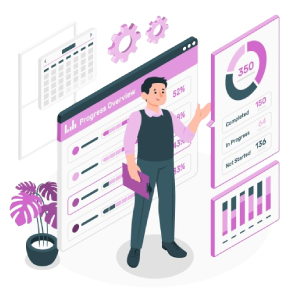
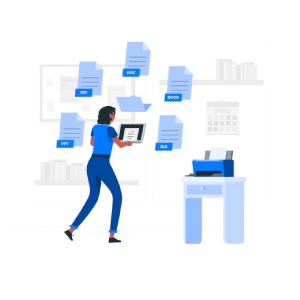
Document Management and Collaboration Tools
The custom web portal makes it easy for users to share and collaborate on documents with built-in features. Users can upload, share, and leverage documents in real-time through a centralized platform for effective knowledge management and to reduce dependency on email chains.
Search Functionalities and Reporting Options
Compared to websites, web portals are developed with robust and broad search functionalities to ensure users can quickly and simply find data to meet their needs and leverage them to prepare reports, articles, and infographics with accurate insights for informed decision-making.
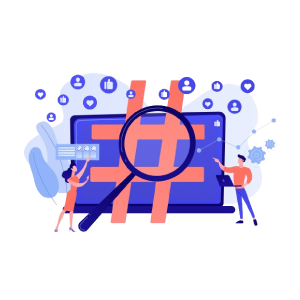
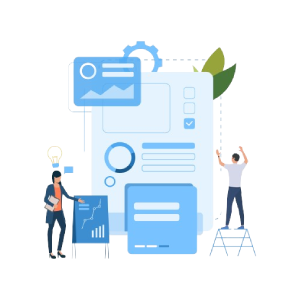
Integration with External Applications and Services
A custom web portal can be the centerpiece of the entire IT infrastructure and digital ecosystem. It helps break silos down and integrates well with essential third-party tools, external servers, and databases, as well as existing business applications, to streamline the entire workflow.
Advanced Security Features
A user-centric custom web portal development emphasizes robust security measures to provide complete control of the data and application to businesses with multi-factor authentication and encryption to build a safe and secure business environment for all the stakeholders and protect data against cyber threats.
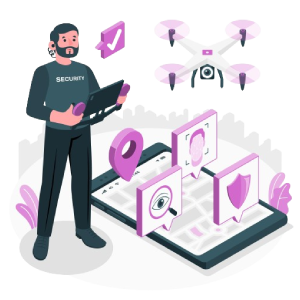
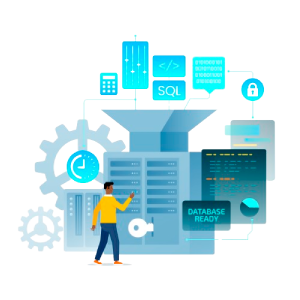
Flexibility and Scalability
Unlike websites, web portal development accentuates sustainability. Consequently, emerging technologies and reliable frameworks are used to withstand the traffic. Custom web portals are built to ensure they grow with the business, with futuristic features to stay relevant for a long time.
Customization at Its Finest
The essence of a web portal resides in its customization. Tailored features, custom functionalities, and workflow—everything creates a unique identity that aligns with the brand identity and a unique business model that ultimately plays a vital role in achieving business objectives.
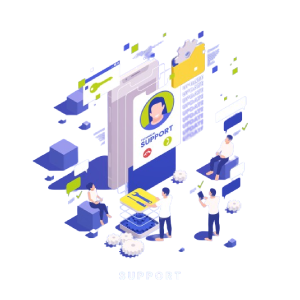
Benefits of Developing a Custom Web Portal
A custom web portal is a transformative business solution to streamline business processes while betting on accessibility, productivity, security, and scalability. Moreover, it plays a central role in enhancing the customer experience and employee satisfaction. Tailoring a web portal to meet the exclusive needs of the business has multiple benefits for the business besides being cost-effective.
- Boost engagement and satisfaction with custom portals! Create tailored experiences that adapt to individual preferences, resulting in happier and more engaged users.
- A custom portal facilitates future-proofing of your digital infrastructure by ensuring user growth while aligning with evolving business requirements.
- Neat and clean integration with existing systems ensures efficient data flow by breaking down silos in the organization, promoting operational synergy.
- Your data is safe with us. Robust security measures protect against cyber threats and ensure the confidentiality and integrity of applications, data, and frameworks.
- Intuitive design creates user-friendly interfaces that are easy to use without explicit instructions. It leads to positive user experiences and encourages engagement.
- Workflow automation streamlines processes, improving efficiency, productivity, and collaboration. It’s essential for optimizing operations and staying competitive.
- Experience amalgamation with advanced features that promote teamwork and make work enjoyable, eliminating communication barriers and improving work efficiency.
- Our tailored reporting and analytics offer insights into user behavior and portal performance. Use this data for strategic planning and informed decision-making.
- Custom portals adapt to changing business needs with ease, constantly evolving alongside the business through updates and new feature incorporations.
How Can Sigma Solve Help?
At Sigma Solve, we believe in delivering uniqueness, and therefore, our focus has always been on providing what businesses need. From building an online presence to building a brand and developing tailored web portal solutions to crafting innovations leveraging emerging technologies, we empower businesses with user-centric, feature-rich solutions that streamline their business processes and help them cut costs while improving productivity.
At Sigma Solve, we go beyond just development; we unlock possibilities and deliver excellence in every aspect of custom web portal development. Contact us to book a free consultation on custom web portal development with our experts to build a business that does not worry about competition. For consultations, call us at +1 954-397-0800.
